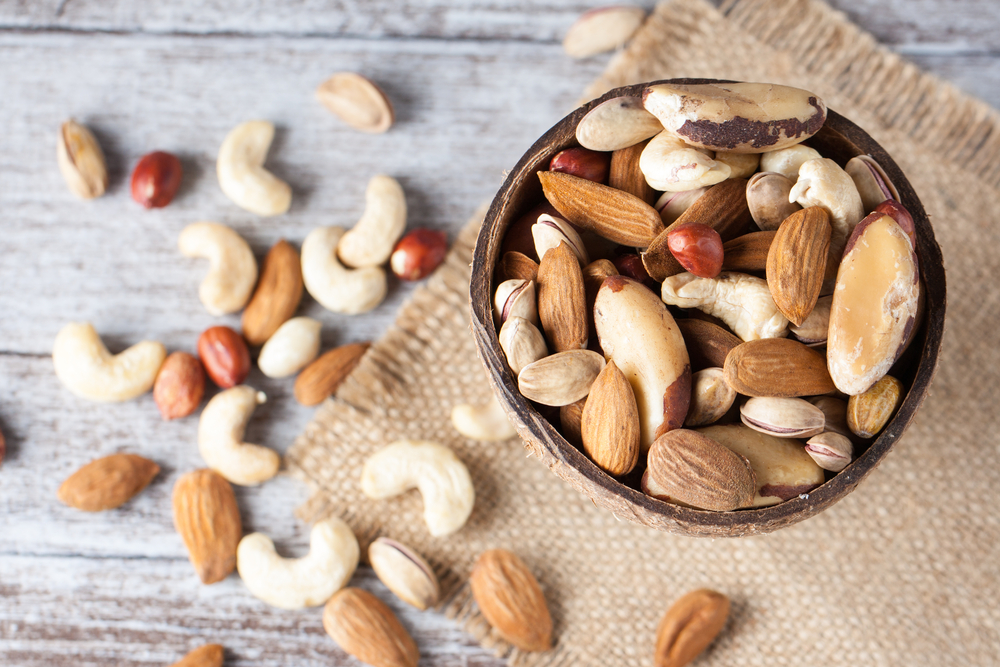
The diet industry has trained us to aim low when choosing foods: if I just eat low-cal, low-carb or low-fat, I’ll be eating healthy, right? Not necessarily. Choosing what to eat based solely on what you want to avoid takes the focus away from what you actually need to get from food: energizing, health-promoting nutrients.
For your best health, aim high. Foods that deliver the highest nutritional bang for the calorie buck are called “nutrient-dense” foods. Aim for these, and watch everything else fall into place.
Nutrient density, explained
Calorie for calorie, nutrient-dense foods fuel your body with more of what it needs for good health — vitamins, minerals, complex carbohydrates, lean protein and healthy fats — and less of what it doesn’t, such as saturated fat, sodium and added sugar.
Some examples of nutrient-dense foods include fruits and vegetables, seafood, whole grains, beans, nuts and seeds, eggs, and low-fat or fat-free milk and yogurt. These foods pack a lot of nutrition into every calorie.
Many foods in these categories might be off-limits on a strict low-calorie, low-carb or low-fat diet. Nuts, for example, are high in calories, but a small serving delivers a powerful punch of muscle-building protein. Avocados are high in fat, but it’s the monounsaturated kind that your heart loves. Vegetables are loaded with complex carbohydrates, and that’s great — these carbs are your body’s favorite source of fuel. To miss these is to miss out on some highly beneficial, as well as highly satisfying, foods.
How to choose nutrient-dense foods
Unfortunately, foods aren’t labeled with a nutrient-density score to help in your shopping. Here are a few tips to help you make good choices:
- Read all of the Nutrition Facts, not just the calories, carbs and total fat, for the big nutritional picture.
- When foods contain fat, lean toward choices with mostly unsaturated fats.
- If the carbs are high, use the 10:1 rule: if for every 10 grams of carbs, there’s at least 1 gram of fiber, you’re getting mostly healthy complex carbs.
- Snack on nutritious fruits, veggies, yogurt and unsalted nuts instead of cookies, candies and salty snacks (“empty” calories).
- Choose salmon, seafood and lean meats instead of fatty cuts and processed sausages and salami.
- Choose water and unsweetened tea or coffee over sweetened drinks.
When you focus most of your diet on high nutrient density, you get the nutrition you need without too many calories. Aiming high is a positive way to relate to food — and it feels great, too.


